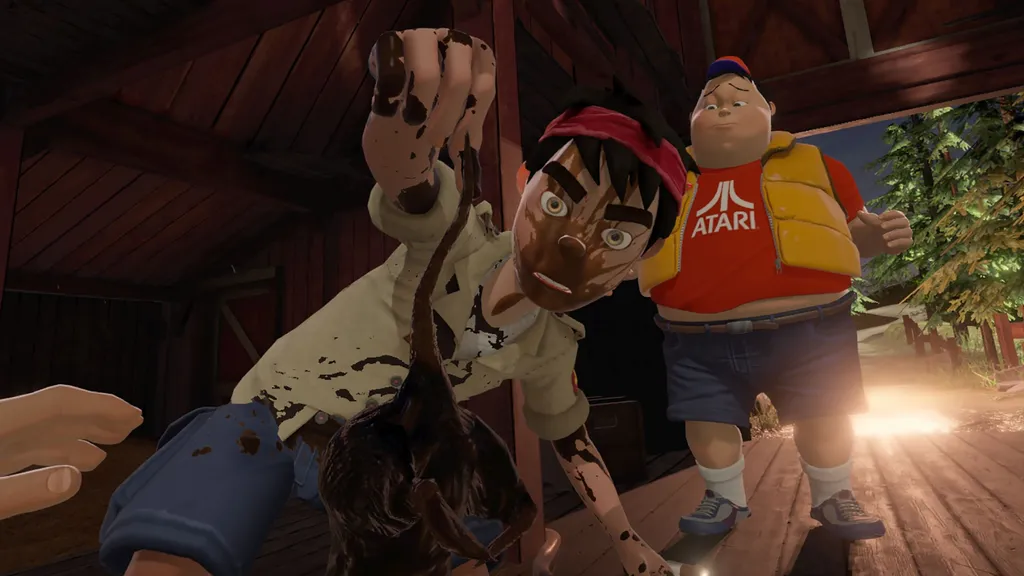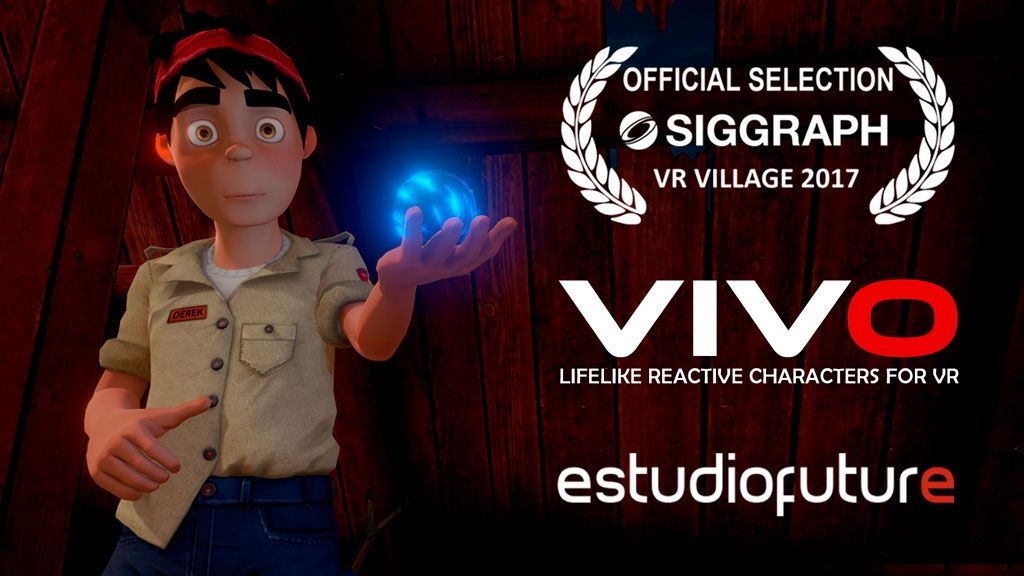It’s VR. That means you pick up two objects, look at them, then chuck them away or start shooting bad guys, right? That’s pretty much what every Oculus Rift, HTC Vive and PlayStation VR game have you doing right now. And it’s fun, brilliant even! But the real world doesn’t really work like that, does it? We meet other humans, we talk with them, they react to our every word and our body language. Bringing that kind of interactivity into VR is a much tougher nut to crack then making a simple shooter, but it’s ultimately going to be more worthwhile.
I played something this week that convinced me of that more than any other app I’ve tried in the past.
Estudiofuture is working on a VR adventure series currently codenamed Summer Camp. More importantly, though, the experience is powered by its new Vivo technology, a platform that blends animation with AI behaviors to create realistic, believable actions in VR NPCs. The Summer Camp series is designed to be a showcase for this technology, and it did indeed show me at several points why AI interactivity is one of the key steps that needs to be taken to make VR seem more real.
As Summer Camp faded into existence, I found myself standing in a barn, and with what I assumed to be a camp friend approaching me to my left. In his hand he held a mysterious orb, which he dangled in front of me as he spoke. This being a VR game, I was sure I could get reach out and take the orb for myself. Why restrict the player and hold him back? But as I extended my arm to snatch it from my friend’s hands, he pulled back and grinned at me. I was surprised, and suddenly much more aware of myself and my manners in VR as he joked about his prank and revealingly reached out to offer me my prize.
I don’t want to spoil much of the demo, as its joy really comes in experimenting with the world and testing just how much of your actions really matter, but it continued to surprise me. You know those frustrating bits in movies where the antagonist lies defeated, the camera cuts and no one notices when they run off? Summer Camp actually managed to pull that trick on me. It also dangled a dead rat in my face, which is highly unpleasant.
This was a VR experience that clearly put a lot of thought into what it means to use a headset, and really exist in a virtual space. There’s clever use of room scale movement that has you treating the environment around you like a real space to be active in.
It reminded me of some of my favorite moments in VR so far, like the heart-breaking ending to the first episode of Fated: The Silent Oath or when Rhodes first removed my hand from her shoulder in Lone Echo. These cherished instances are becoming less and less frequent in the current slate of VR games, and it’s important to highlight and champion the software the goes the extra distance. Sure, I love pretending to be Neo in Superhot and dismembering meat heads in Gorn, but these games only scratch the surfaces of what VR is truly capable of.
It’s safe to say that Summer Camp has quickly become one of my most anticipated VR projects and the eight minute demo also reminded my of what I need to be on the lookout for as we start getting into the second wave of VR content. The wave shooters and puzzle games are great, but it’s time to start making software that really separates VR from the rest. I’m really looking forward to seeing what that is.
































